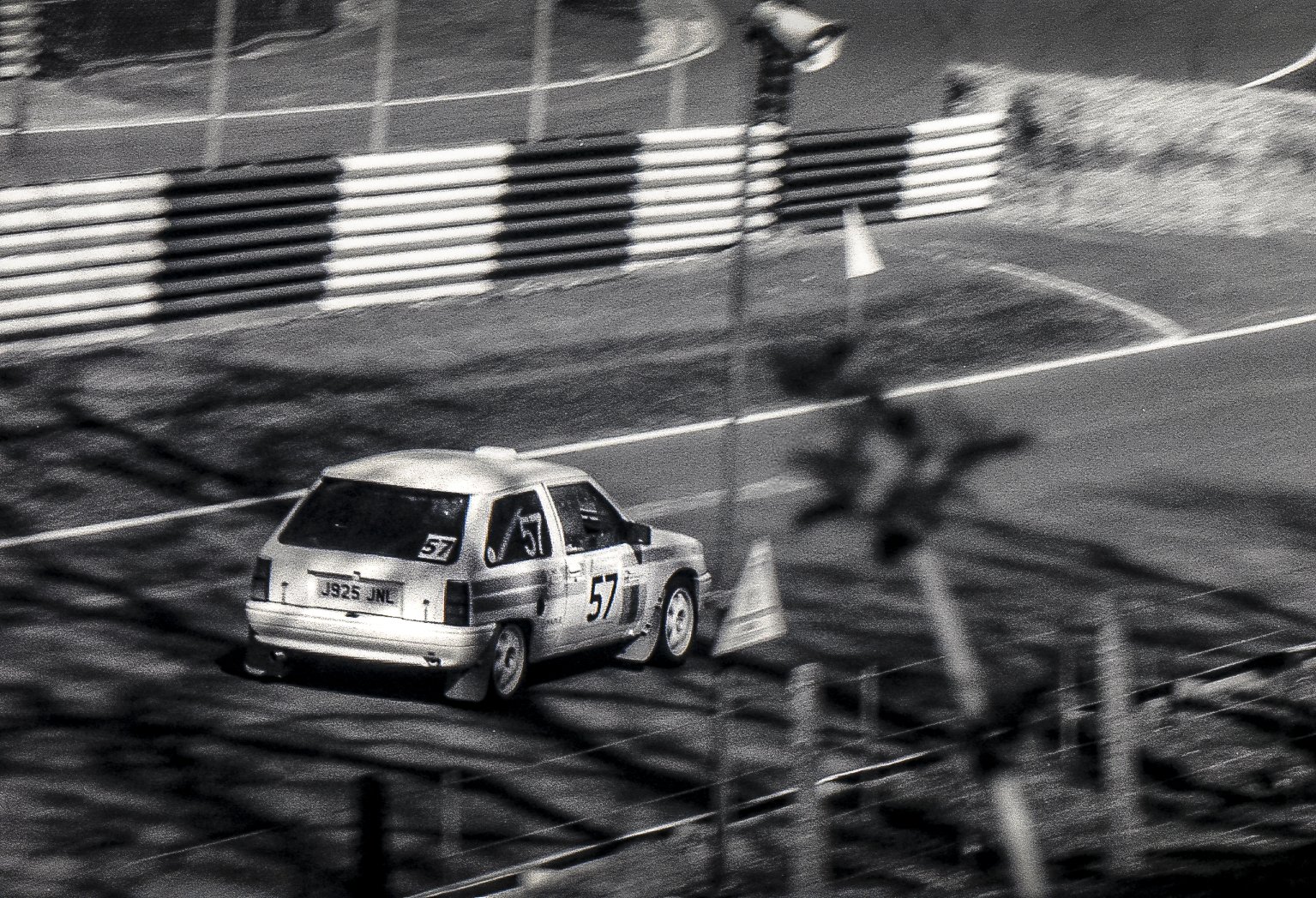The Romance of Grain and Speed
The Romance of Grain and Speed: My Journey into Analog Motorsport Photography
There’s something undeniably romantic about analog photography. The tangible nature of film, the anticipation of waiting for your negatives to be developed, the imperfections that give each frame a distinct character—this is what makes it feel so alive. In an era where digital technology provides instant gratification and razor-sharp precision, choosing film feels like an act of rebellion.
For me, analog photography has always been a love affair with texture, mood, and authenticity. The timeless allure of grain and the unpredictability of light inspire me in ways digital never could. But what happens when you try to bring that nostalgia-infused artistry into the fast-paced, high-stakes world of motorsport photography? Well, you find yourself in a dance with limitations—a dance both frustrating and deeply rewarding.
The Allure of Film
I’ve always been drawn to film for its ability to create moments that feel raw and immersive. While digital cameras offer a level of control and predictability, film thrives on the unexpected. There’s no “checking the LCD” after a shot—just faith in your skills and the magic of the medium.
Film forces you to slow down. Every shot carries weight. Instead of firing off hundreds of frames in the hopes of landing one perfect image, you compose deliberately, adjust settings with intention, and trust in the mechanics of your camera. It’s not just photography—it’s craftsmanship.
That kind of intentionality is exactly why I wanted to integrate film into motorsport photography. In a realm dominated by speed—both in the literal sense and the technological one—film photography offers something digital simply can’t: emotion. A frame captured on film carries a certain weight, an aesthetic that feels timeless rather than fleeting.
The Challenge of Speed
Motorsport photography presents a unique challenge even with digital equipment. The sheer velocity of the subjects demands fast shutter speeds, precise focus, and quick reflexes. Now, imagine introducing analog into that equation—no autofocus, no burst mode, no instant review.
Shooting motorsport on film means embracing unpredictability. A missed shot isn't just disappointing—it can be costly. Every roll holds a limited number of exposures, so there’s no room for waste. While digital allows you to experiment freely, film demands precision and confidence.
One of the biggest struggles has been adapting to the slower, manual nature of my cameras. The best film cameras for motorsport—like classic SLRs from Nikon, Canon, and Pentax—are built to be sturdy, but they lack the rapid-fire capabilities of their modern counterparts. The challenge is finding ways to anticipate movement, to predict the exact moment a car or bike will hit that perfect angle and commit to the shot without hesitation.
Then, there’s the issue of light. Film speed—measured in ISO—determines how sensitive the film is to light. Lower ISOs produce finer grain but demand more light, while higher ISOs allow for faster shutter speeds but introduce coarser grain. Unlike digital cameras where ISO can be adjusted on the fly, film forces you to commit to a single ISO per roll. This means making a choice before you even start shooting—balancing between clarity and the aesthetic charm of grain.
Finding Workarounds
To compensate for film’s limitations, I’ve had to refine my technique. Pre-focusing has become essential—I study the track, anticipate where cars will pass, and manually set my focus ahead of time. I’ve also become more intentional with my choice of film stock. Kodak Tri-X 400 has been a go-to for its gritty contrast and versatility, while Fujifilm Pro 400H gives a softer, more refined look.
I’ve also embraced motion blur. While digital motorsport photographers aim for razor-sharp freeze frames, film allows me to explore the beauty of movement itself. Panning shots—where you move the camera along with the car to create a sharp subject against a blurred background—have become an invaluable technique. Rather than fighting the limitations of film, I’ve learned to use them to enhance the storytelling aspect of my images.
Another challenge has been dealing with developing times. Unlike digital files that can be edited instantly, film development introduces another layer of waiting. But there’s something magical about seeing your negatives come to life—each frame carrying the personality of its grain, the unexpected flares of light, the quirks of the emulsion.
The Reward
Despite the challenges, there’s something deeply fulfilling about capturing motorsport on film. When I look at my negatives, I see moments that feel alive in a way digital sometimes struggles to achieve. There’s an authenticity to the imperfections—a missed focus here, a streak of light there—that makes each frame feel like a piece of art rather than just a photograph.
There’s also the nostalgia factor. Film has a way of making moments feel timeless, connecting the present to a history of motorsport photography dating back decades. Looking at my shots, I can’t help but think about the legends who once captured races with nothing but film and patience.
Looking Ahead
The struggle between film and speed is a constant one, but it’s a challenge I’m eager to continue navigating. With each race I photograph, I learn something new—about my equipment, about my process, and about my own relationship with photography.
Perhaps one day film will be a common sight in the world of motorsport photography again, embraced not as an obsolete medium but as an artistic choice. For now, though, I’ll keep honing my craft, finding new ways to merge nostalgia with adrenaline, and reminding myself why I fell in love with analog in the first place.
Because sometimes, photography isn’t just about capturing moments—it’s about feeling them.



